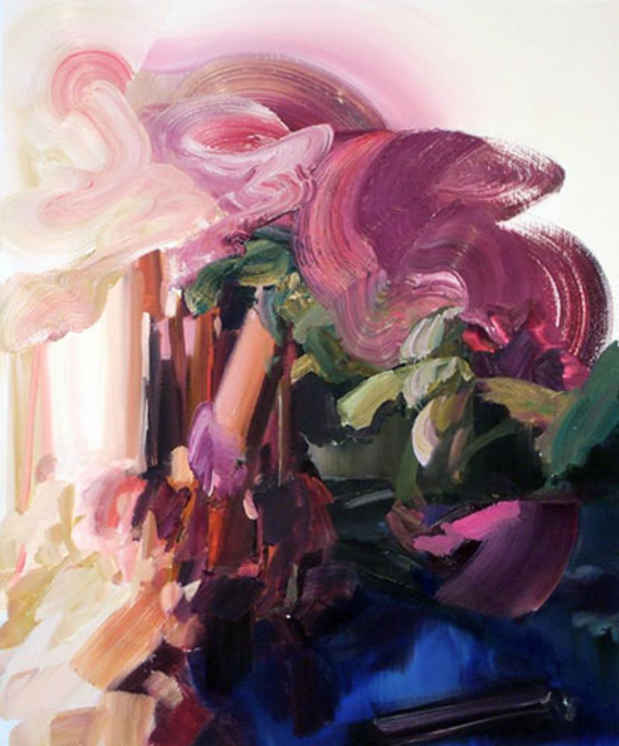“Terra Incognita” Exhibition
Storefront Ten Eyck

This event has ended.
Terra Incognita brings together the work of four artists who reinterpret notions of landscape. Each is influenced by the transformation of our world by digital technology as well as by the centuries-old tradition of painting.
Lisa Corinne Davis’s paintings codify the structure of information and explore complex relationships of race, culture and history. Central to the idea of the work is that meaning can be read into abstract painting and whatever one reads into the forms can shift in a moment. Form and content merge and meaning is embedded in formal decisions that provide a metaphorical reservoir. Working with the logic of the poet rather than that of a demographer, Davis sets up categories, collects data, codes information and creates graphs and charts to play with place as a geographical, metaphorical and metaphysical concept. Intrinsic to the work is a desire to hone the language of abstract painting to describe the complex state of our contemporary culture.
Central to Kristine Moran’s paintings are moments of biotic, supernatural and aesthetic metamorphosis in the elaboration of two salient figures: the mystic and the cycad. The cycad are among the earliest colonizers of terrestrial habitats, predating palms and flowering plants by millions of years. They have come to symbolize eternal life, a counterpoint to the role of flowers in vanitas symbolism. In Moran’s most recent works, painting operates as a complex narrative format. The artist references the takeover of the cycad by the arcane figure of the mystic–a profoundly ambiguous, shape-shifting character whose hallucinatory rites, transmutations and spirit-channelling stem from an unrelenting impulsion toward immortality. Moran’s painting wends an allegorical trajectory through the critical conflicts that characterize today’s eco-political and bio-ethics fault lines.
Shane McAdams’ work reflects the dueling relationships between natural and synthetic forms–those that look like nature versus those that are nature. In McAdams’ work, such forms are often analogs or traces of the methods of their creation. They take root in the physical properties inherent within specific, mundane materials such as Elmer’s glue, correction fluid, ballpoint pen ink and resin whose limits are stretched by subjecting them to non-traditional applications. The processes reflect the physical forces that are constantly working to fashion and sculpt the natural landscape. By bracketing them with hand-rendered, “traditional” images of landscape, the artist evokes the duality between the actual and the artificial, forcing the viewer to question what is considered “artificial” in a world where artifice is increasingly the norm and reality is the exception.
Aaron Williams’ work combines mass-market imagery and raw construction materials with traditional ideas and strategies of fine art-making. In doing so, he questions commonly held notions of art making as well as the relationship between personal and broadly disseminated imagery. For the pieces in Terra Incognita, Williams borrows from popular geometric patterns, the paintings of Frank Stella and the carpet design from the Overlook Hotel in the film The Shining. He sets within these patterns stock landscape images, depicting such scenes as an idyllic palm tree in the Bahamas and a majestic European peak. Blended together through intricate patterning, these idealized scenes merge into a single environment, calling into question the validity of each individual component and positing the notion that a new, morphed reality is as relevant as its constituent parts. Inherent in this work is a questioning of Williams’ own creative history and ideas surrounding painting and abstraction. His work asks if the high-minded ideals contained within abstraction remain relevant when combined with simple, poster print images and building materials. Ultimately, Williams’ interest lies in the compounding and collapsing of these arguments, finding the places between concepts to forge new pathways for expression and fresh reasons to introduce marks onto a surface.
Media
Schedule
from December 13, 2013 to January 18, 2014
Opening Reception on 2013-12-13 from 18:00 to 20:00
Artist(s)
Lisa Corinne Davis, Shane McAdams, Kristine Moran, Aaron Williams